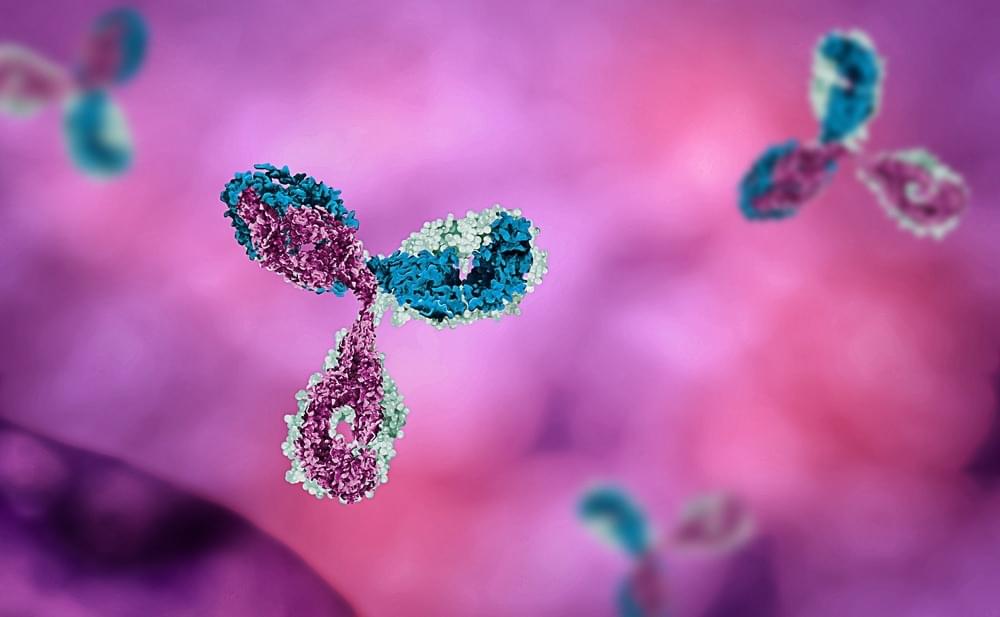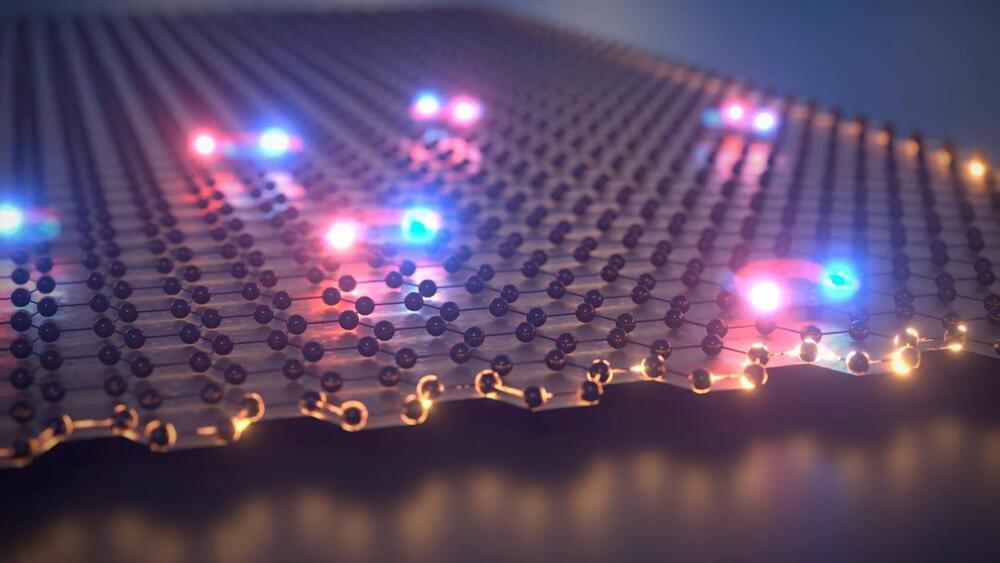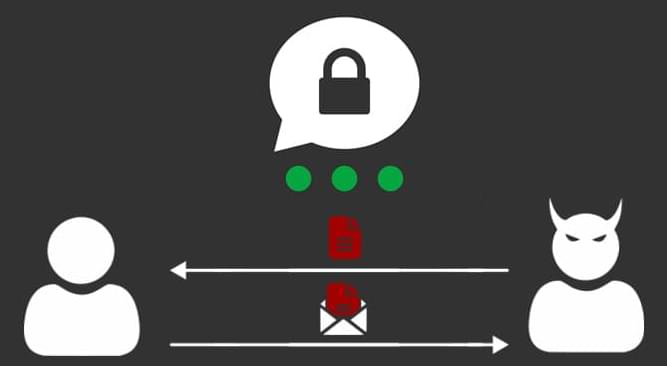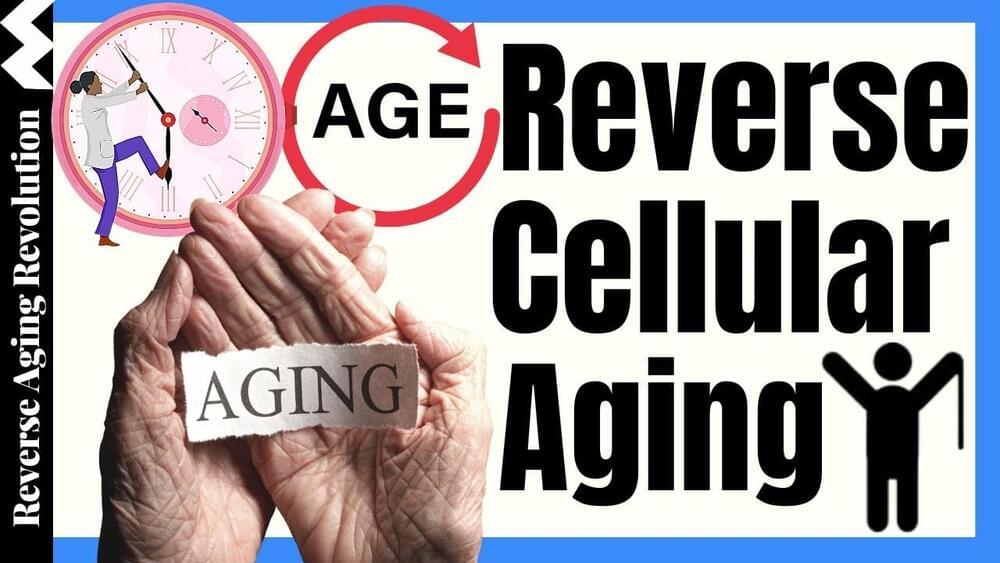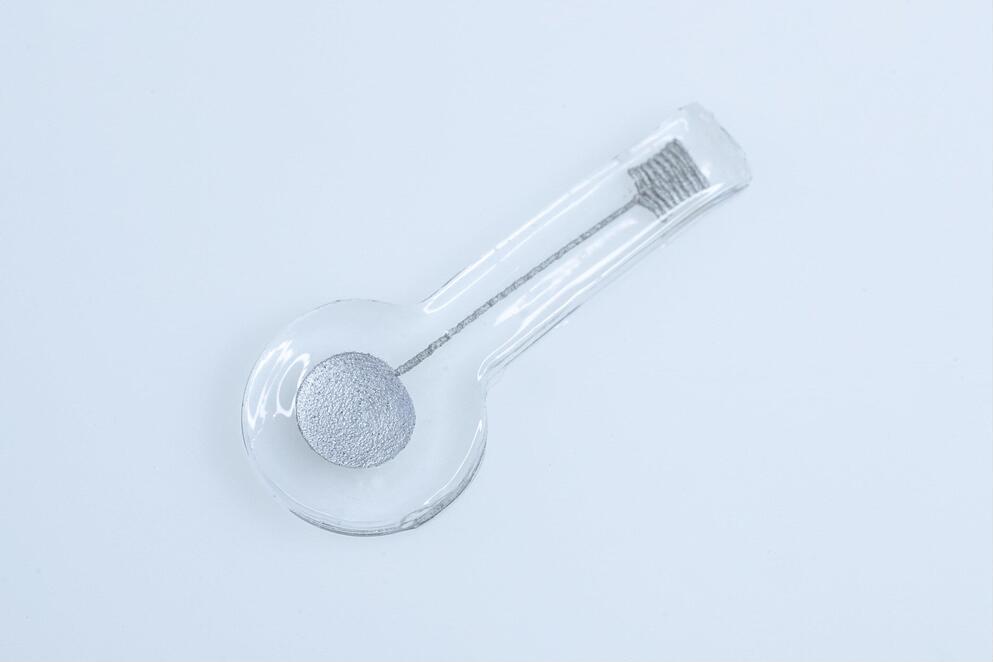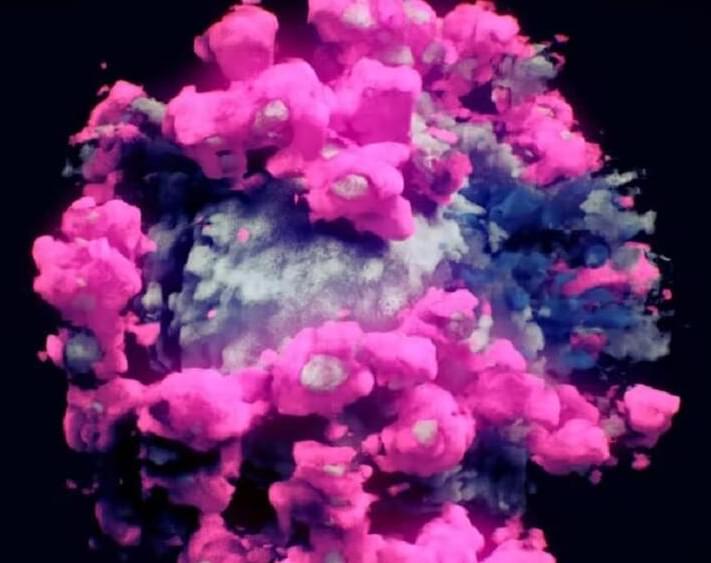Just published from my son.
Automatic hippocampus imaging, with about 20 minutes of cloud computing per scan.
Like neocortical structures, the archicortical hippocampus differs in its folding patterns across individuals. Here, we present an automated and robust BIDS-App, HippUnfold, for defining and indexing individual-specific hippocampal folding in MRI, analogous to popular tools used in neocortical reconstruction. Such tailoring is critical for inter-individual alignment, with topology serving as the basis for homology. This topological framework enables qualitatively new analyses of morphological and laminar structure in the hippocampus or its subfields. It is critical for refining current neuroimaging analyses at a meso-as well as micro-scale. HippUnfold uses state-of-the-art deep learning combined with previously developed topological constraints to generate uniquely folded surfaces to fit a given subject’s hippocampal conformation. It is designed to work with commonly employed sub-millimetric MRI acquisitions, with possible extension to microscopic resolution. In this paper, we describe the power of HippUnfold in feature extraction, and highlight its unique value compared to several extant hippocampal subfield analysis methods.
Keywords: Brain Imaging Data Standards; computational anatomy; deep learning; hippocampal subfields; hippocampus; human; image segmentation; magnetic resonance imaging; neuroscience.


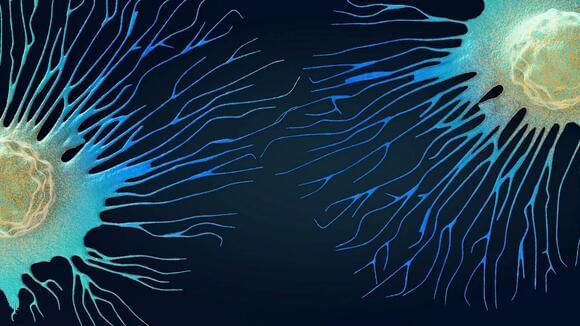 Tumor cells traverse many different types of fluids as they travel through the body. Christoph Burgstedt/Science Photo Library via Getty Images.
Tumor cells traverse many different types of fluids as they travel through the body. Christoph Burgstedt/Science Photo Library via Getty Images.